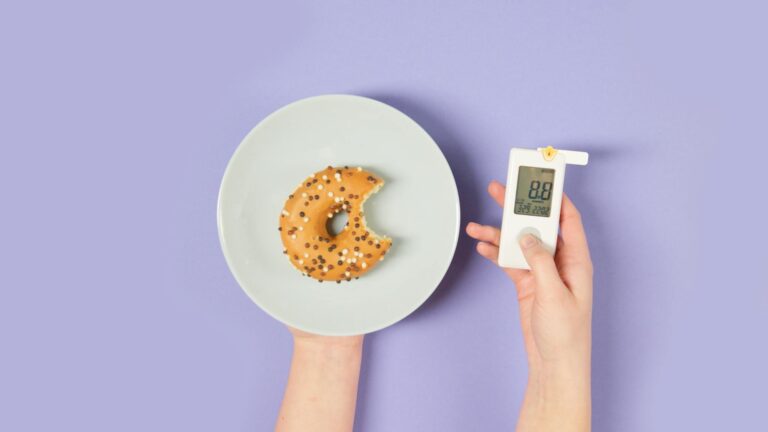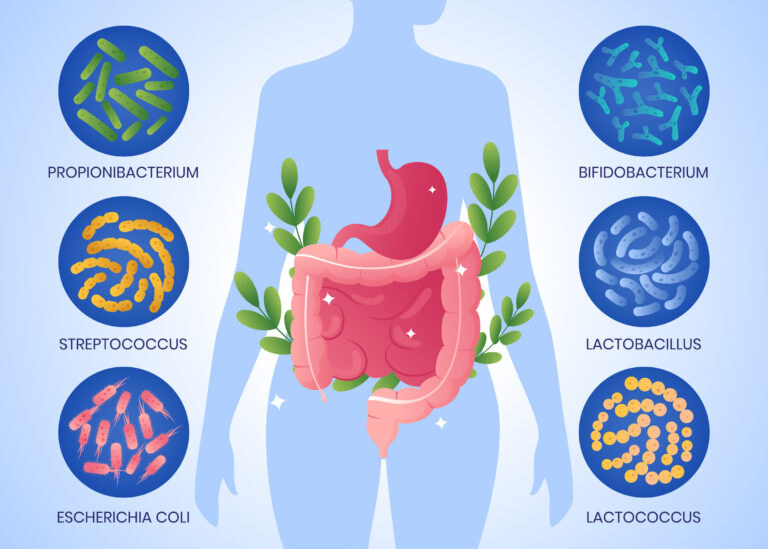Discover the best and worst foods for managing gastritis. Our comprehensive guide covers the gastritis diet, including what to eat and avoid for optimal digestive health. Start feeling better today!

Introduction:
Gastritis can be a real pain – both literally and figuratively! If you’re one of the millions suffering from this uncomfortable condition, you know how important it is to watch what you eat. The good news is, with the right gastritis diet, you can find relief and take control of your digestive health. In this ultimate guide, we’ll share the top foods to eat and steer clear of when dealing with gastritis. Get ready to learn the keys to soothing your stomach and feeling your best!
Gastritis simply Explained
Gastritis is the inflammation of the stomach lining, which can be caused by a variety of factors including bacterial infections, excessive alcohol/NSAID use, autoimmune disorders, and certain medical conditions.
The most common cause is an infection with the Helicobacter pylori (H. pylori) bacteria, which can erode the stomach’s protective lining.
Other potential causes include bile reflux, chronic stress, and certain medications like aspirin or ibuprofen.
Common symptoms :
– Abdominal pain or discomfort, especially in the upper abdomen
– Nausea and vomiting
– Bloating and burping
– Loss of appetite
– Indigestion or heartburn
– In severe cases, gastritis can lead to bleeding, ulcers, and anemia
Learn the key difference between GERD and Acid Reflux
The importance of diet in managing this digestive condition:
Proper nutrition plays a crucial role in soothing inflammation, promoting healing, and preventing further stomach irritation for those with gastritis.
Individuals with gastritis can significantly alleviate their symptoms and support their overall digestive health by being mindful of which foods to eat and which to avoid.
Following a gastritis-friendly diet can help reduce acid production, coat the stomach lining, and avoid trigger foods that may worsen inflammation.
Foods to Eat with Gastritis
Low-acid fruits
– Fruits like bananas, melons, pears, and applesauce are gentle on the stomach and less likely to trigger gastritis symptoms.
– These low-acid options are soothing and can help coat the stomach lining.
Vegetables
– Choose mild, easy-to-digest vegetables such as broccoli, carrots, spinach, green beans, and sweet potatoes.
– Vegetables are packed with fiber, vitamins, and minerals to support overall health without aggravating the stomach.
Lean proteins
Choose leaner cuts of poultry like chicken and turkey, as well as fish like salmon, tilapia, and cod.
These protein-rich foods are gentle on the digestive system and less likely to cause irritation.
Whole grains
– Whole grains like oats, quinoa, brown rice, and whole wheat bread provide complex carbs that are easier to digest.
– They also offer beneficial fiber to support gut health.
Healthy fats
– Incorporate healthy fats from foods like avocado, olive oil, nuts, and seeds.
These nutrient-dense options can help soothe inflammation without overwhelming the stomach.
Probiotic-rich foods
Yogurt, kefir, sauerkraut, and other fermented foods are rich in beneficial probiotics.
Probiotics can help restore the gut’s natural balance and support digestive function.
The key is to focus on gentle, low-acid, and easily digestible foods that won’t further irritate the stomach lining. By making smart choices from these stomach-friendly food groups, you can help manage your symptoms and support your overall digestive health.
Foods to Avoid with Gastritis
Citrus fruits
Citrus fruits like oranges, grapefruits, and lemons are highly acidic and can aggravate gastritis symptoms. The acidity in these fruits can further irritate the already inflamed stomach lining.
Tomatoes and tomato-based products
Tomatoes and items made with tomatoes, such as sauces, salsas, and ketchup, are also quite acidic. These foods can trigger or worsen your abdominal discomfort.
Spicy and fried foods
Spicy dishes and fried, high-fat foods can increase stomach acid production and irritate the stomach lining. These types of foods are harder to digest and may exacerbate your symptoms.
Alcohol and caffeinated beverages
Alcoholic drinks and beverages with caffeine, like coffee, tea, and soda, can stimulate excess stomach acid. These can further inflame the stomach and lead to increased discomfort.
High-fat meats and dairy products
Fatty cuts of meat, as well as high-fat dairy items like cheese, cream, and whole milk, can be difficult to digest. The high fat content can aggravate the stomach and worsen gastritis symptoms.
Processed and packaged foods
Heavily processed, convenience foods often contain additives, preservatives, and other ingredients that may irritate the stomach. These types of foods tend to be lower in nutrients and higher in components that can exacerbate the condition.
It’s important to be mindful of these trigger foods and avoid them as much as possible when dealing with gastritis. Eliminating or limiting these irritants can go a long way in reducing inflammation and soothing your stomach.
Tips for Following a Gastritis-Friendly Diet
Eat smaller, more frequent meals
Consuming several small meals throughout the day, rather than a few large ones, can help reduce the strain on your stomach.
Smaller portions are easier to digest and less likely to trigger gastritis symptoms.
Chew food slowly and thoroughly
Take the time to thoroughly chew your food, as this aids the digestive process and prevents further irritation.
Rushed eating can cause you to swallow more air, leading to discomfort like bloating and burping.
Stay hydrated by drinking plenty of water
Keeping your body well-hydrated is crucial for overall digestive health.
Sip water throughout the day to help thin out stomach acid and support the healing of your gastritis.
Manage stress through relaxation techniques
Chronic stress can exacerbate gastritis by increasing stomach acid production and inflammation.
Try stress-reducing practices like meditation, deep breathing, or gentle yoga to calm your mind and body and more importantly -your belly-.
Identify and avoid personal trigger foods
While the general guidelines cover common gastritis triggers, everyone’s body reacts differently.
Pay attention to how specific foods affect you and make adjustments to your diet accordingly.
Keep a food diary to help pinpoint your personal triggers.
Conclusion:
By following a gastritis-friendly diet and avoiding problematic foods, you can take an important step towards soothing your stomach and finding relief from the discomfort of gastritis. Remember, everyone’s body is different, so be sure to pay attention to how specific foods affect you and adjust your diet accordingly. With the right approach, you can get your gastritis under control and enjoy better digestive health. Here’s to feeling your best!






